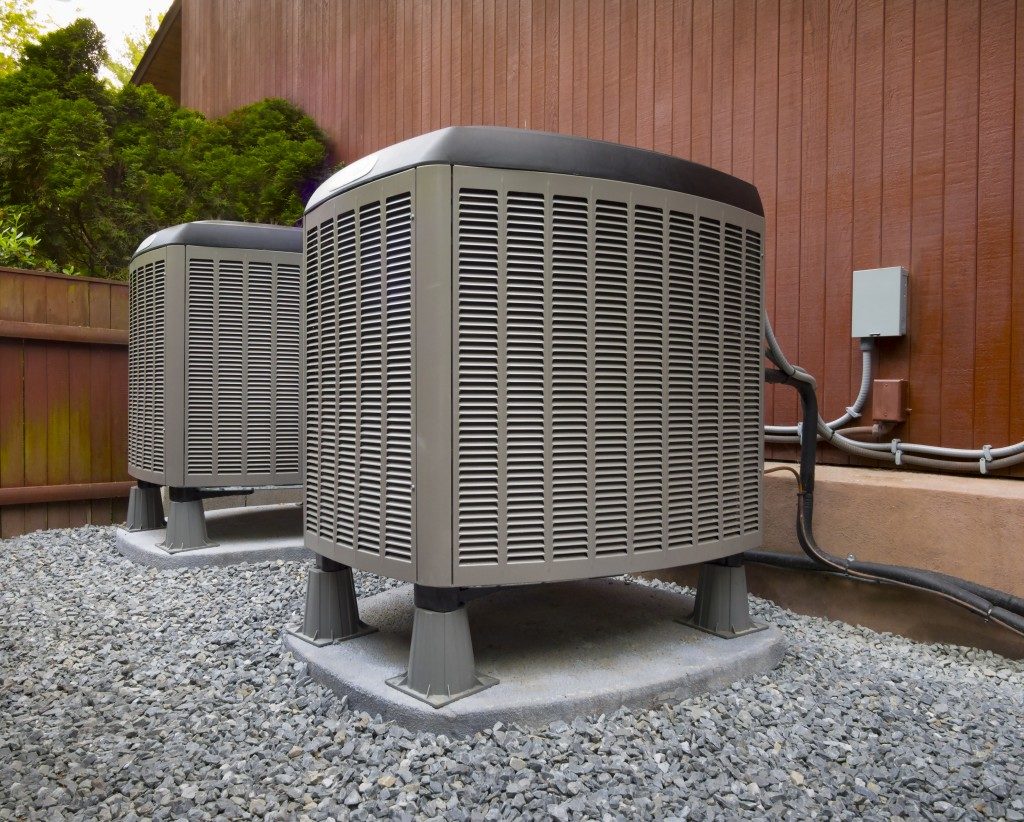There are different parts that work together in your HVAC unit to guarantee optimal indoor air conditions in your property. Expansion devices are among the most important ones in your unit. They control the flow of liquid refrigerants from high pressure in the condensing unit to a low one in the evaporators. The high and low sides in your HVAC unit denote its evaporator and condenser sides.
Issues with the condenser and evaporator coils are the common ones responsible for air conditioning breakdowns in Riverview. There are four categories of expansion devices used in HVAC systems. The following tidbits will help you understand these devices and boost your chances of getting the right one for your property:
Automatic Expansion Valves
These will maintain a constant flow pressure of your unit’s refrigerant to the evaporator from the liquid line with a pressure-actuated diaphragm. An automatic expansion valve will open and close to increase or decrease the coolant being fed into the evaporator based on the refrigerant’s pressure in the evaporator coils. The opening and closing of the valve are controlled by the spring and evaporator pressures respectively. An automatic expansion valve is used for systems that have a constant heat load.
Thermostatic Expansion Valves

These use a valve mechanism for the regulation of liquid refrigerant into your unit’s evaporator coil based on the evaporator’s pressure. Thermostatic expansion valves operate optimally in units with heat load fluctuations. They have a sensing bulb for the detection of an evaporator coil’s temperature. To guarantee the right reading, the bulb should be firmly clamped to your evaporator coil. As such, the pressures that control the operation of a thermostatic expansion valve are those of the evaporator, spring, and bulb.
Capillary Tube Valves
These comprise a tube with a small interior diameter that is coiled for a portion of its length. The capillary tube valve is attached to your unit’s suction line and sometimes used with a filter to remove contaminants from your refrigerant. It is among the most durable valves in HVAC units since it comprises no moving parts. A capillary tube valve is also inexpensive.
Float Valves
These are actuated by floats that are immersed in your unit’s refrigerant. They comprise low- and high-side floats which control the refrigerant’s flow. The low-side float will maintain a constant refrigerant pressure in the HVAC’s evaporator, while the high-side float regulates the pressure in the condenser.
Picking the best-performing HVAC unit takes more than picking the best-looking and the lowest cost on the market. You will need an expert’s input to guarantee that you choose a system that will meet your property’s cooling and heating needs. The expansion devices mentioned above are at times known as metering devices. They will prove crucial in the operation of your HVAC unit. There are different heat and cooling load calculations involved in the choice of the expansion valves. After picking the valves, expert installation, and routine maintenance of your unit are the crucial elements that determine your unit’s energy efficiency and your indoor air comfort. As such, your relationship with an HVAC expert will start long before the purchase of your unit and continue throughout its operational life.




